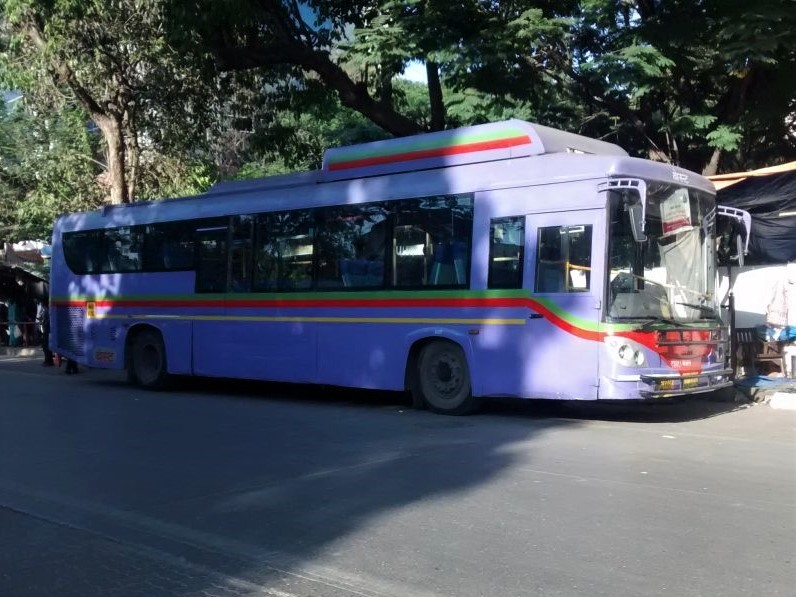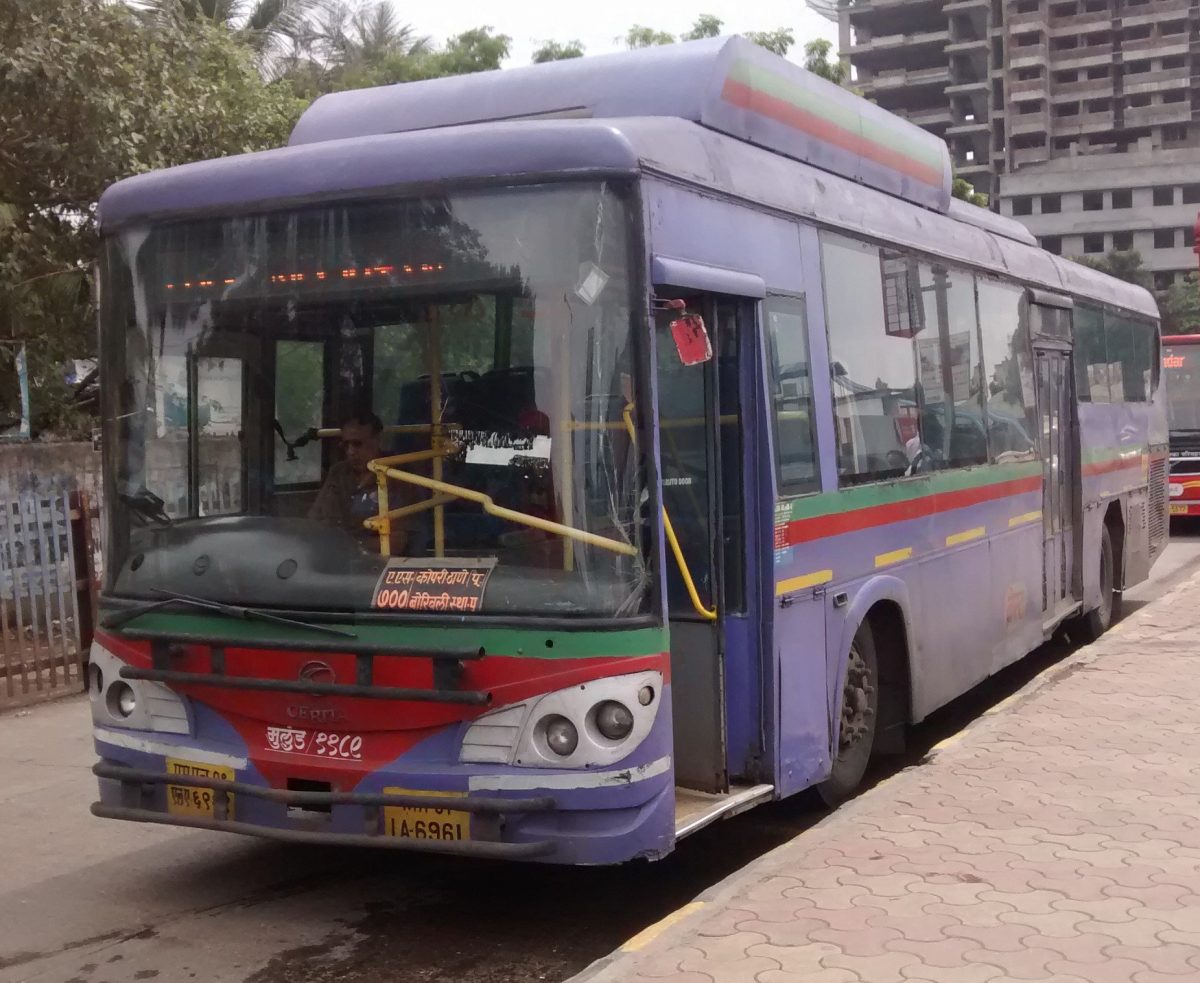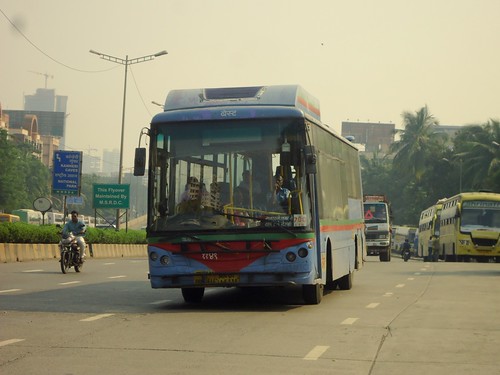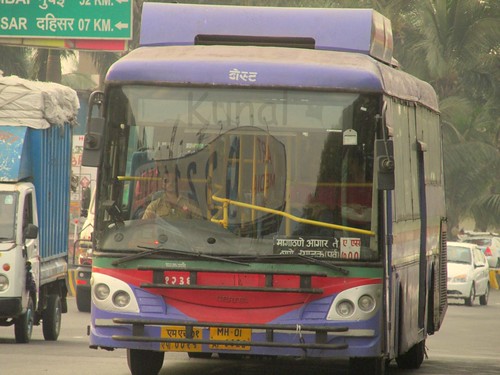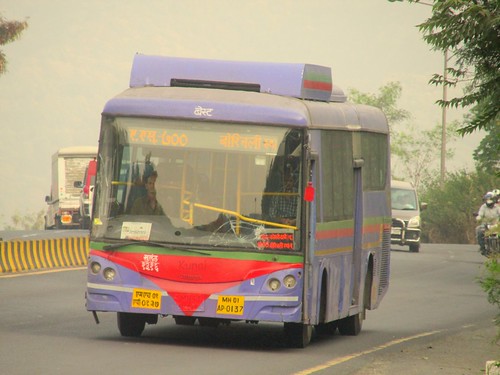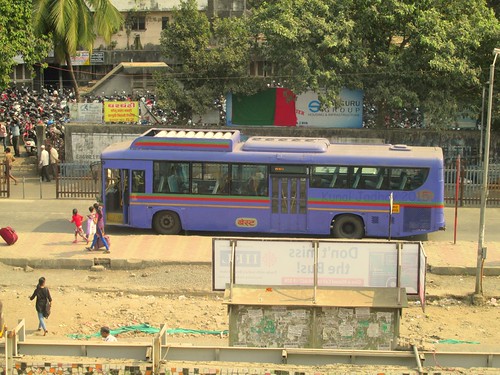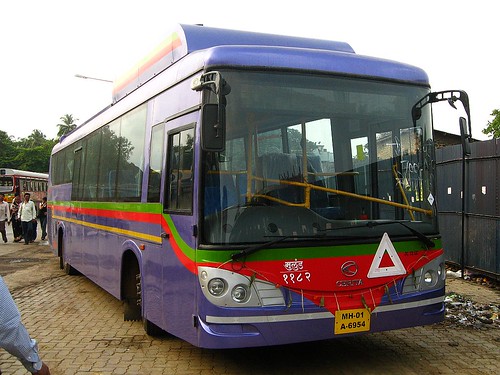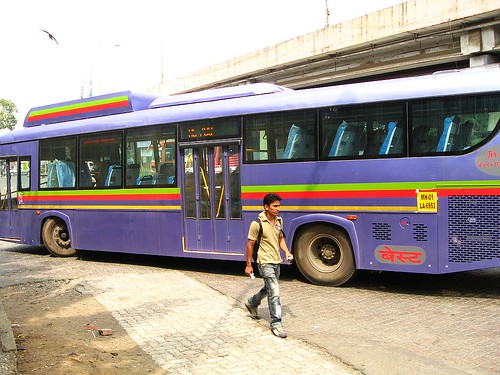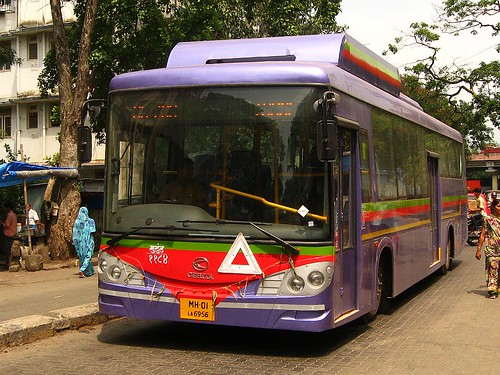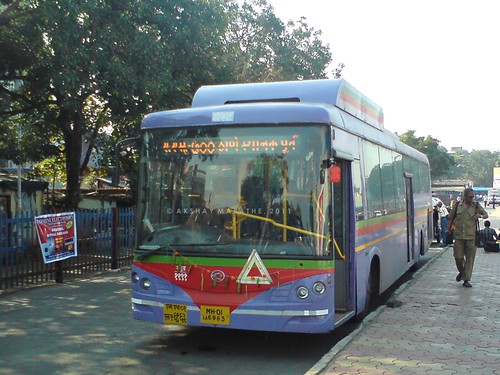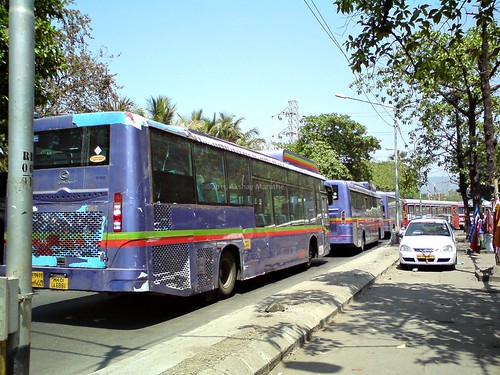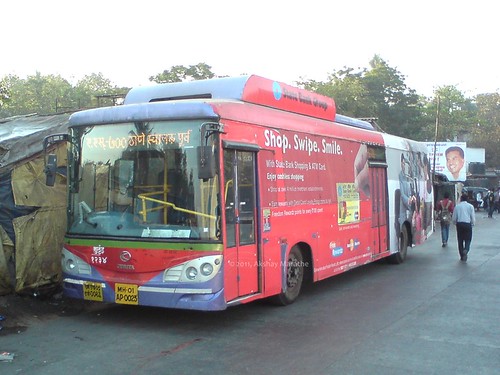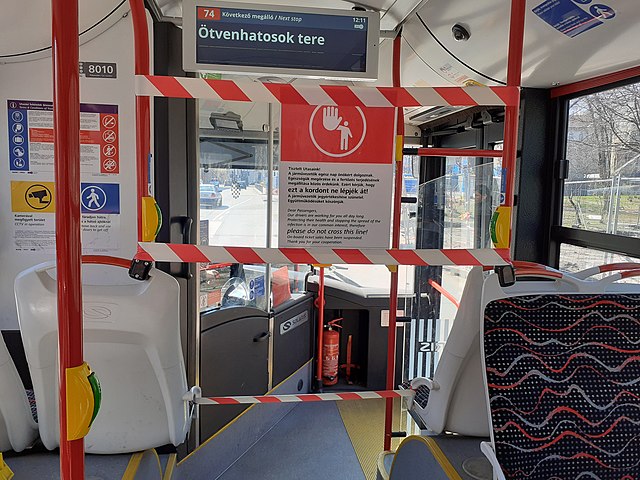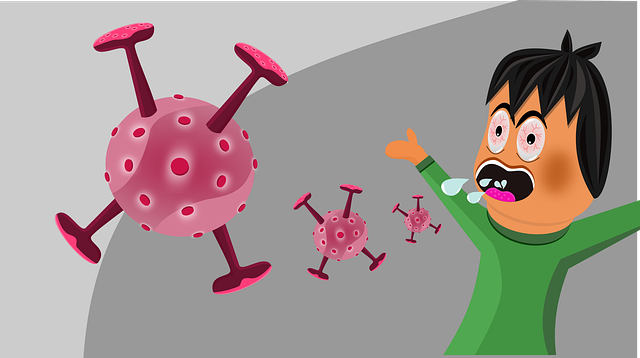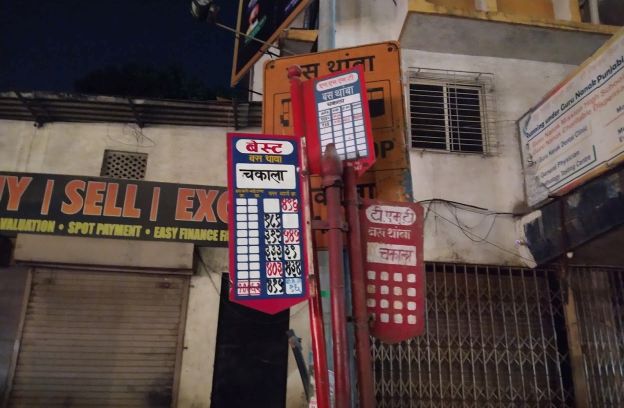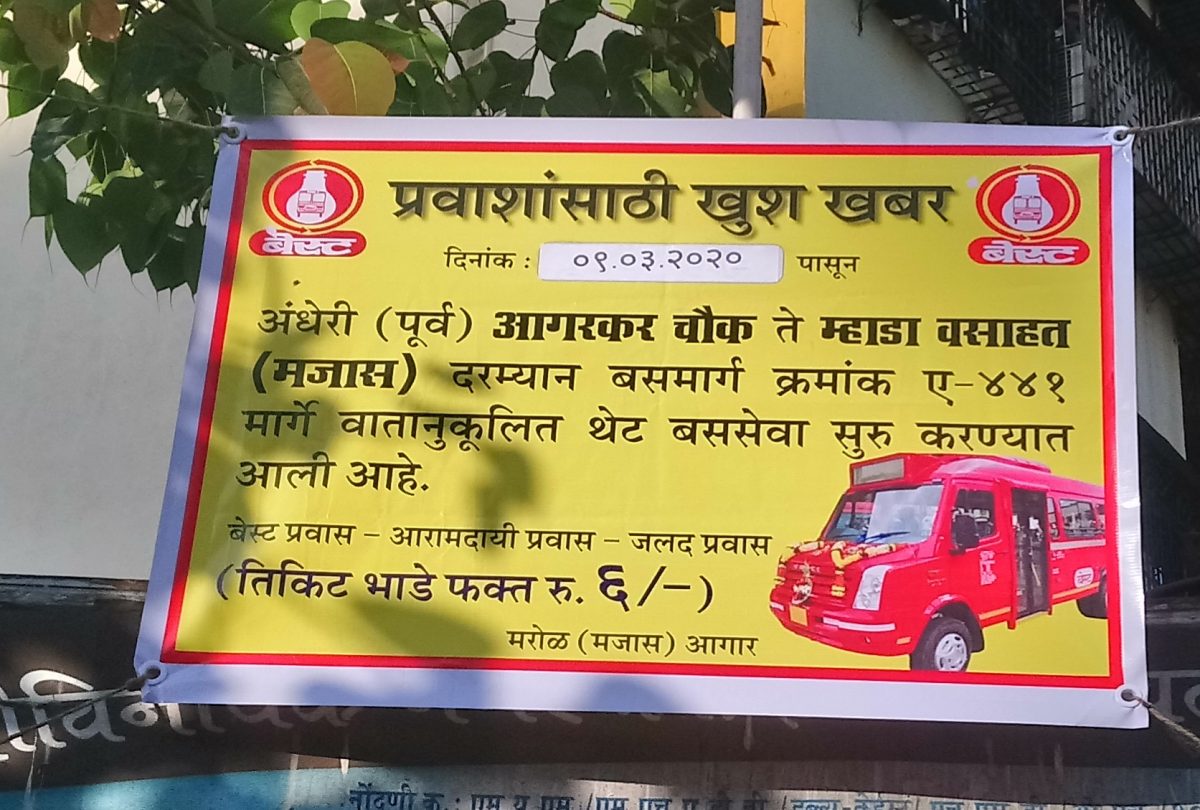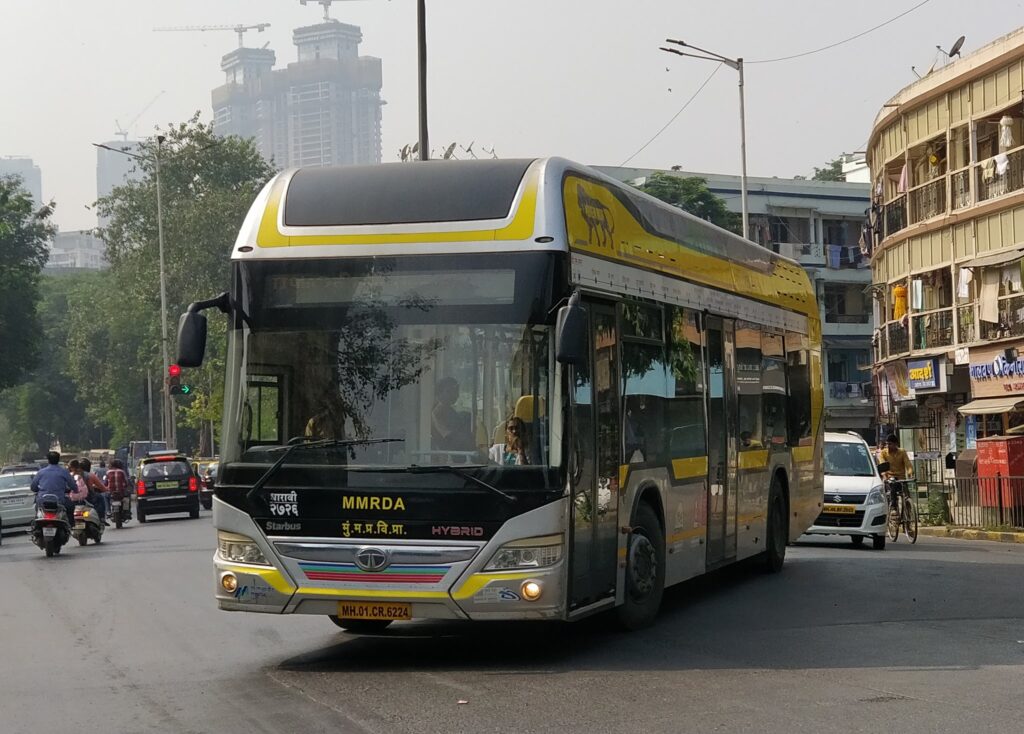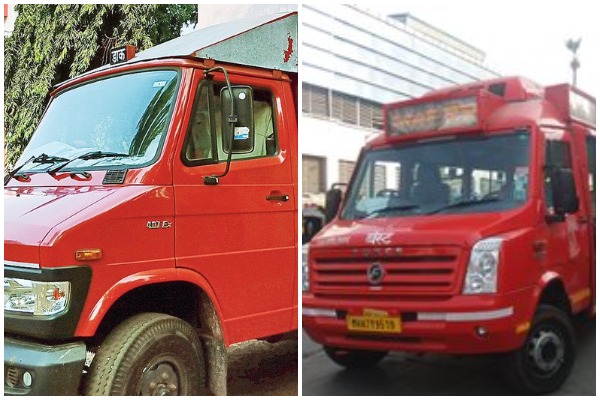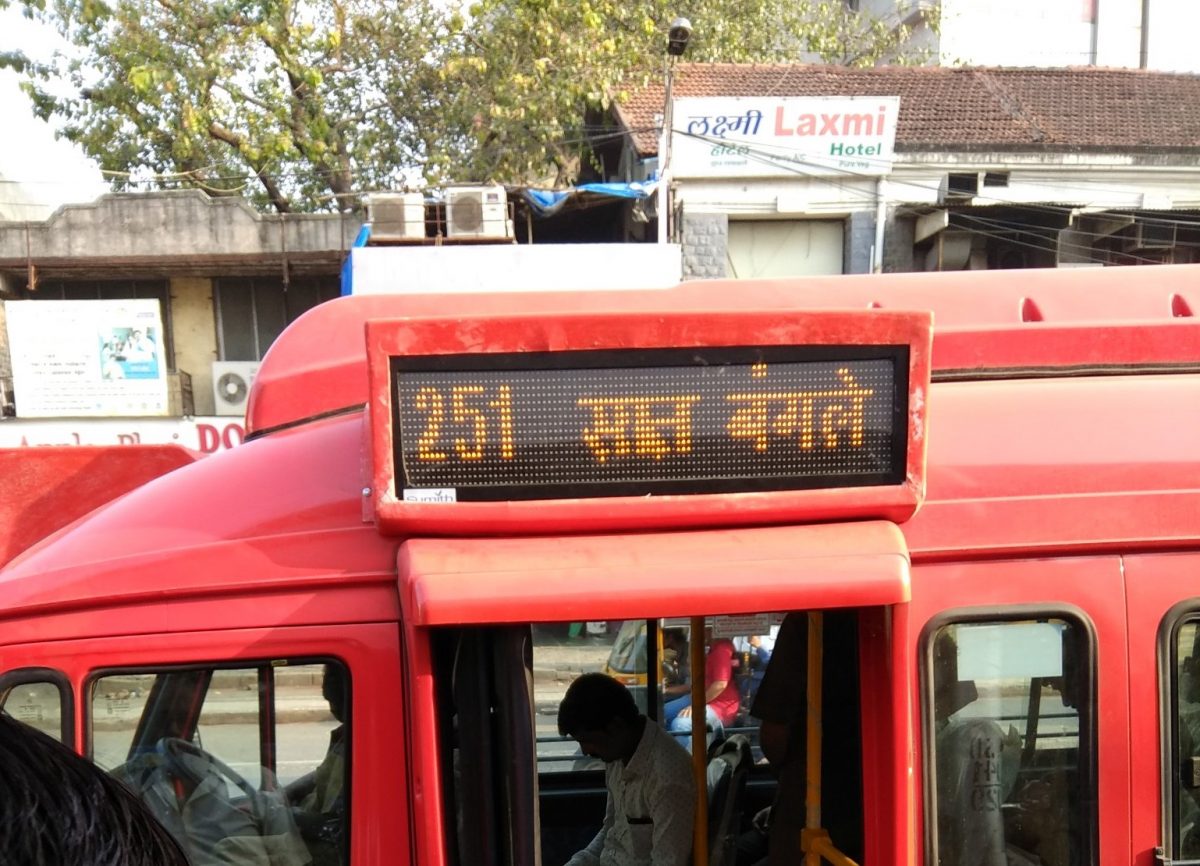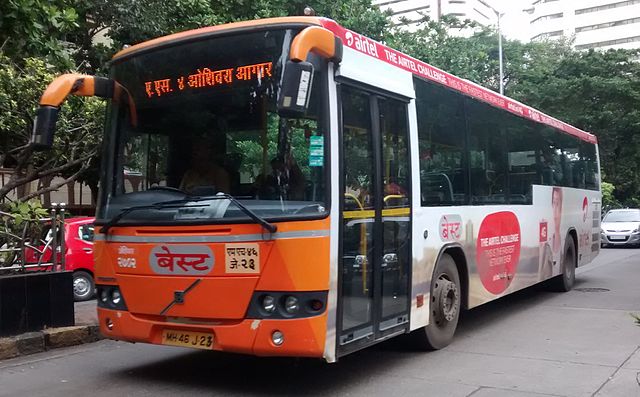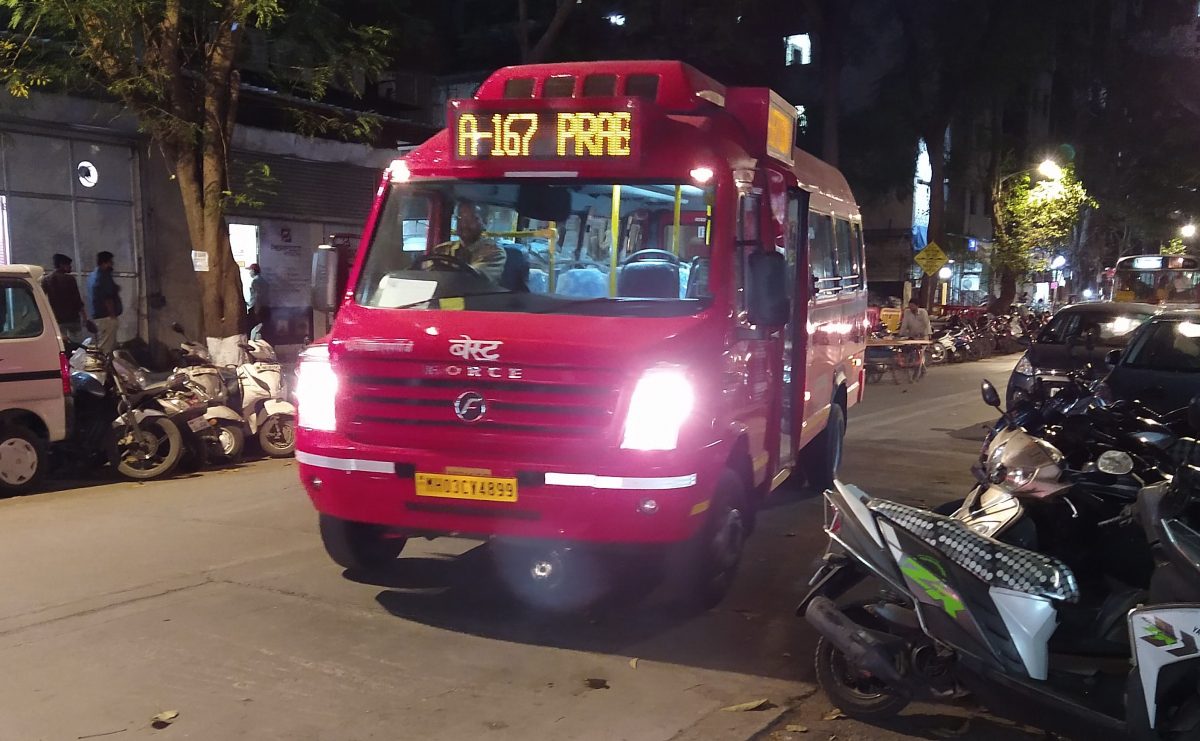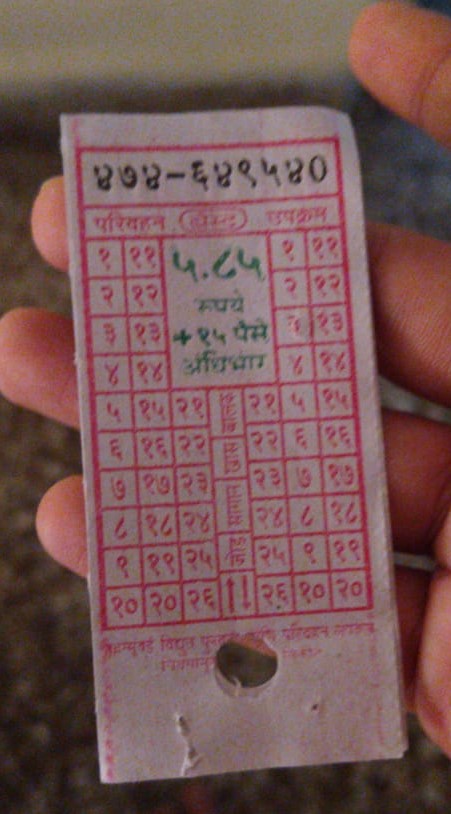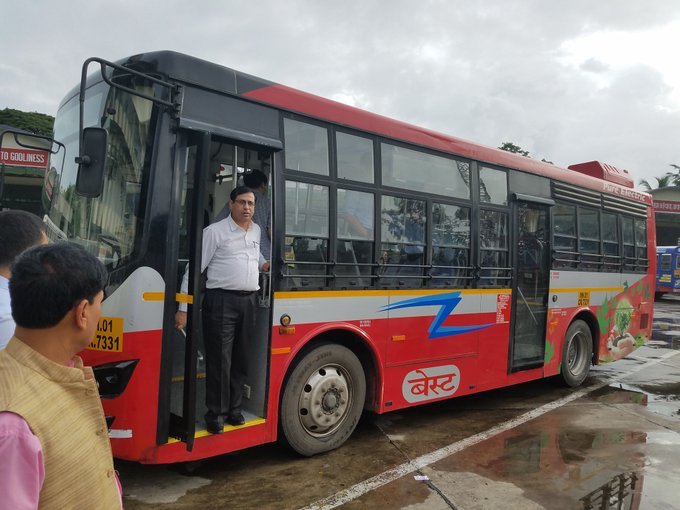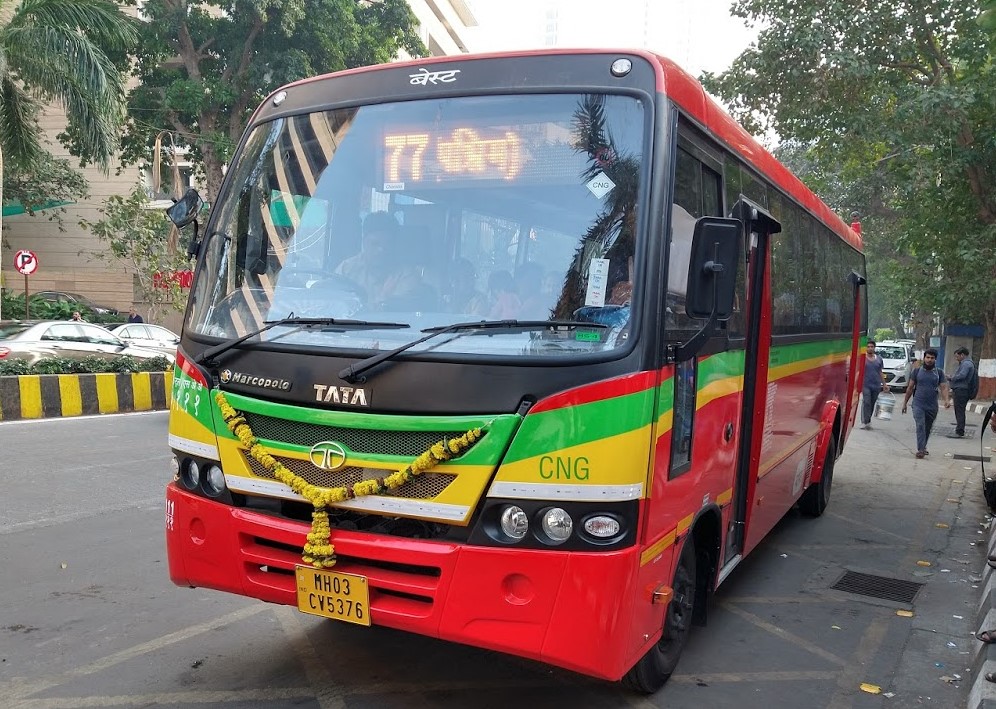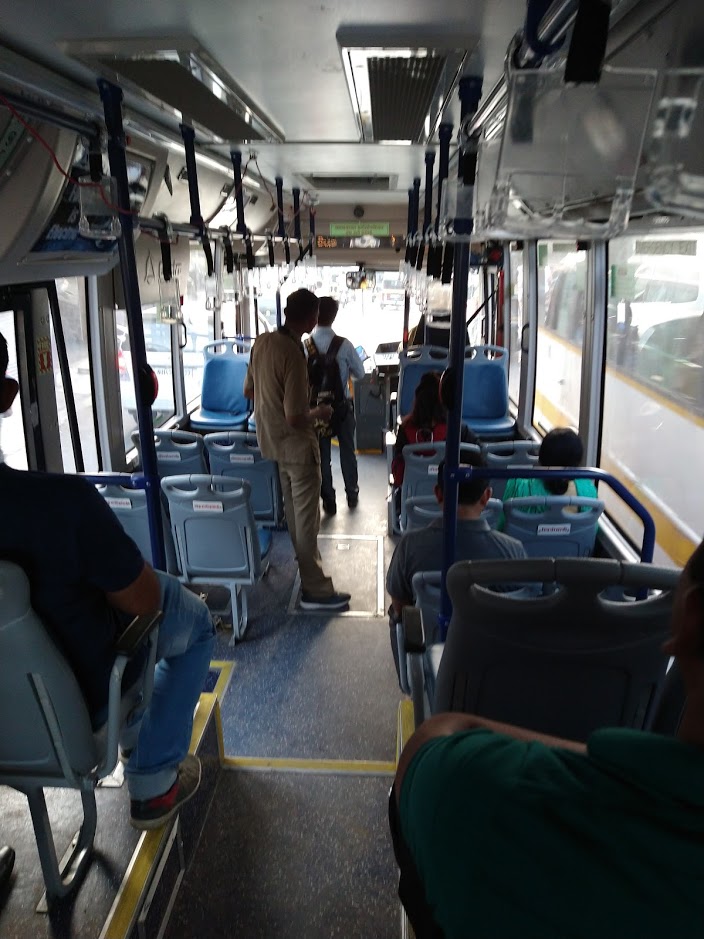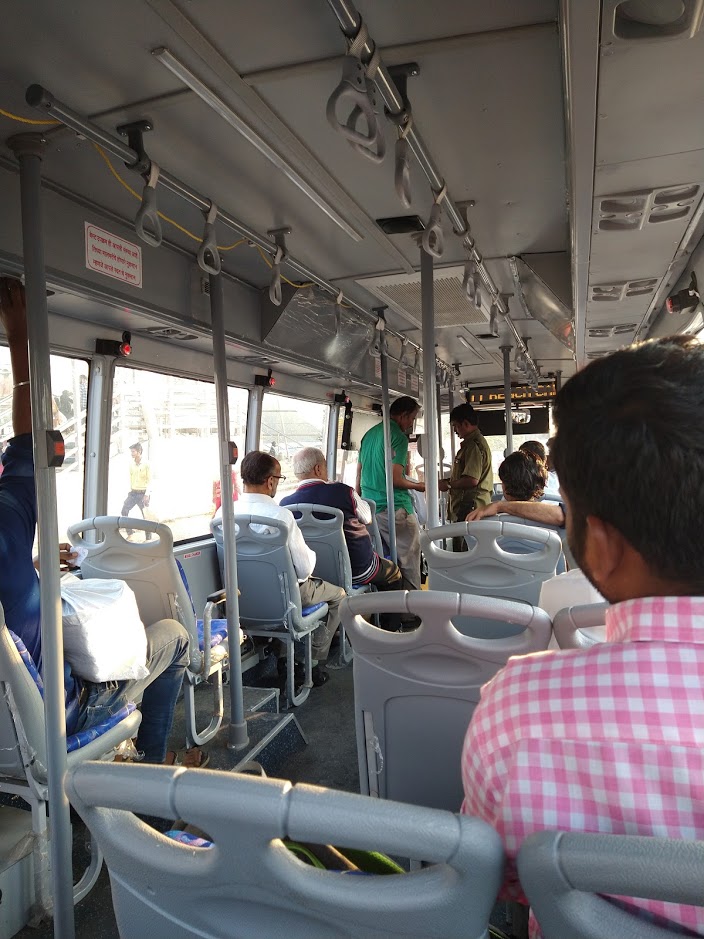Nostalgia season isn’t over for me as of now, so here’s another post for you on them dreaded Purple Faeries.
Given that these buses were rarely used to their full potential, actually wait, they were, it’s just that their potential was that low. Hmmmmm. Anyway, let’s look at some novel uses these buses could have been put to.
Social Distancing
These buses made Social Distancing “Cool” way back in time. They’d have been perfect in the current crisis thanks to the Wuhan Virus.
As you can see, the Bus is nearly empty. This A-8 Express from Backbay Depot to Mithagar in Mulund (East) was boarded by me on 10 April 2015. There was one other passenger and I actually took out my laptop and watched a part of Dr. Horrible’s Sing Along Blog on YouTube. Clearly we maintained the required gap, and all that. Of course, if anyone coughed in the air, well the air conditioning was so dead-beat, it wouldn’t spread much.
Hospital Beds Maybe?
In order to provide more beds for treatment during the ongoing Wuhan Virus outbreak, Indian Railways decided to convert some of their trains into isolation wards.
This is something that the Purple Faeries can easily do. They ran empty. They made losses. Hence they were leased out to Air India to ferry passengers. Imagine getting off a a nice Boeing 787 Dreamliner only to board THIS!

A Ceritra on loan to Air India at Chhatrapati Shivaji Maharaj International Airport, Mumbai (Prateek Karandikar/Wikimedia Commons)
It’s a Science Experiment
Taking this classic dialogue from the 1990 science fiction blockbuster Back To The Future Part III, when Doc Brown says this to the motorman of the steam locomotive prior to hijacking it.
The Purple Faeries just struggle to move. Plus they’re heavy. I guess, if they’re stationary, they can probably be construed as an immovable object. Now all we need to find is an unstoppable force. Perhaps one bus can be taken from the Magathane Depot and one from the Oshiwara Depot? Or we just get a Volvo with a reinforced outer body like KITT from Knight Rider? After all, most of us came across the Irresistible Force Paradox from the Season 1 episode Trust Doesn’t Rust, right? Except that while it was quoted correctly – “What happens when an unstoppable object meets an immovable object?” – it was wrongly referred to as Zeno’s Paradox.
Or even better, going by this picture clicked by Shreyas Kulkarni, one can see the angaar, aka the unstoppable object which is the Tata Starbus and the bhangaar, aka the immovable object, which is the Cerita (now available in a non-AC variant at a bus stop near you!).
Go Go Go Golmaal: Rent It Out For A Rohit Shetty Film
These buses catch fire, break down, struggle to climb slopes and what not. Perhaps they can be rented out to Rohit Shetty’s production team. Actually they’d have to be sold to them given how many vehicles Shetty blows up in each of his movies.
Remember, they earlier leased out their buses to Reliance to ferry passengers to Imagica. I can only imagine the ride from CSMT to Imagica. That’s like a roller coaster combined with being inside one of those flying cars from a Rohit Shetty movie. The bus is struggling to climb the slope on the Mumbai-Pune Expressway, the suspension is not up to the mark, the air-conditioning is giving way. It’s kinda like how Jake Peralta (Andy Samberg) makes Philip Davidson (Sterling K Brown) uncomfortable in the Season 5 episode The Box in Brooklyn Nine-Nine by turning on the heat, adjusting a chair leg, making the table sticky and all. The silver lining is that once you’re through with this ordeal, you can enjoy yourself at Imagica, but will you have the heart for it? Not sure. The lead lining is that you’ll have a live repeat telecast of the entire thing on your way home.
I’m reasonably certain this is what the bus would look like after a Rohit Shetty film.
Press it into ‘essential services?’
You know what the most annoying thing about a garbage truck is? They keep spilling the garbage all over the city. Their job is to collect garbage, not spread it around, yet it seems to be what they do all the time. But no, these buses could have been converted to garbage buses instead. Of course, we need to ensure that the garbage enters from the rear and exits through the front door only where the second door exists. It’ll still leak, but not as much as from a garbage truck.

What’d I tell you? See, it looks worthy of being a garbage bus no?
A Club for shady stuff
Back in the day when I was studying in Coimbatore, I was told that the city and its eponymous district accounted for the lion’s share in mushroom cultivation in India. Of course, the mushrooms I’m talking about here are the edible variety. Of course, in this example, I’m talking of the “other” variety, aka ‘shrooms.
Now, if you’re wondering why I bring this up, just take a look at this wonderful photograph that Shreyas Kulkarni shared in 2016.
This isn’t a joke. There were actual mushrooms growing inside an AC bus!.
Wondering why I wrote this article? If I find out, I’ll let you know.
This article is dedicated to my friend The Somnambulist, who gave me the idea to write it. You can follow him on Twitter @sotachetan.
Featured image: AS-422 at Agarkar Chowk
If you liked this post, do back me up on Patreon by clicking the button below.
Become a Patron! ![]()
